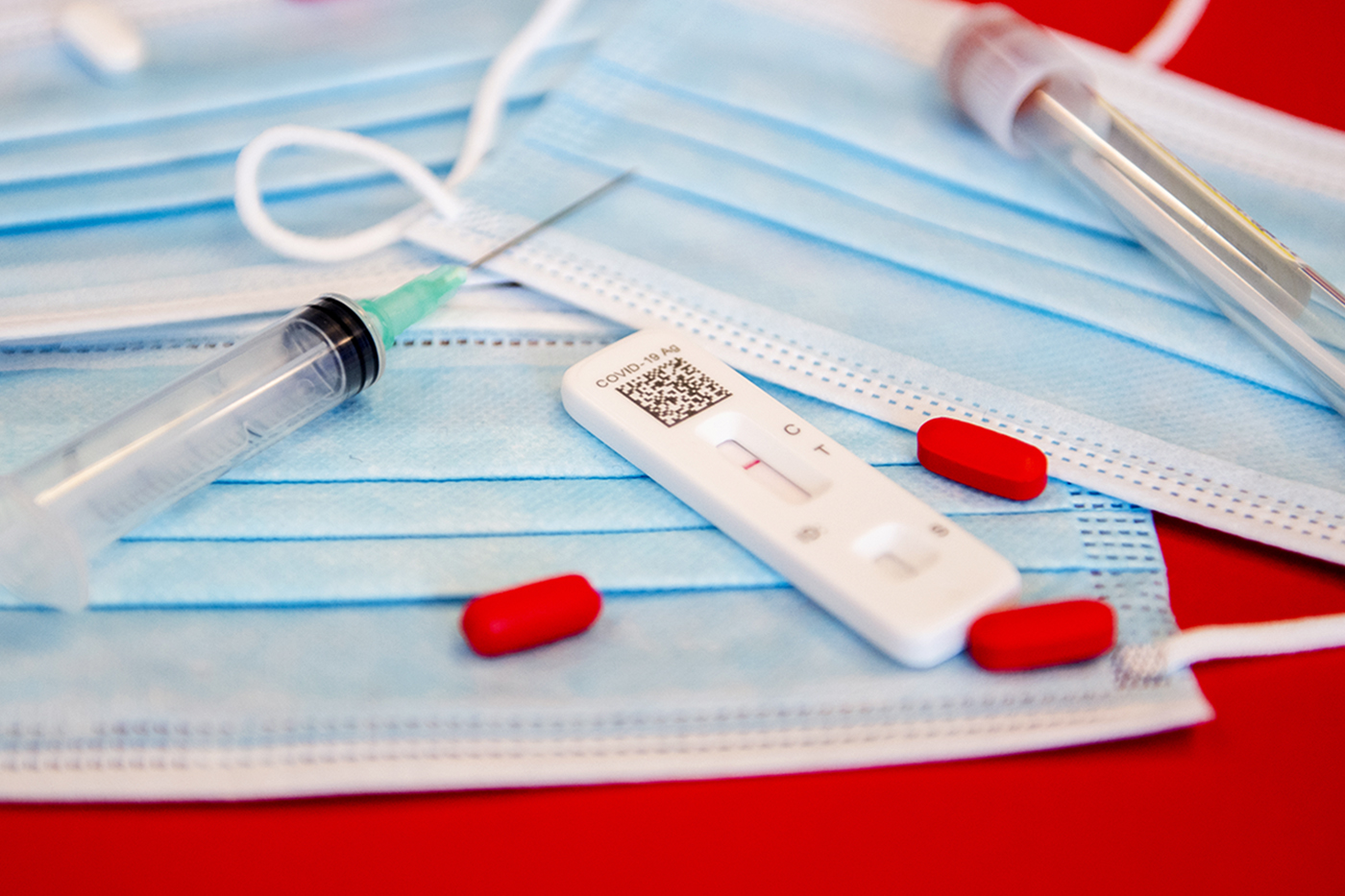Tests. Masks. Distancing. Vaccines. Boosters. Pills. Therapeutics.
There are a lot more tools in our pandemic toolbox than there were two years ago, when tests consisted of difficult-to-find “brain ticklers,” masks were homemade, and many people were terrified of leaving their homes. In fact, the SARS-CoV-2 toolbox is starting to look a lot more like the typical approach to battling other viruses. And that may mean that the time to establish a “new normal” is right around the corner.
“At the beginning of the pandemic, we had no other options,” says Jared Auclair, who is an associate teaching professor of chemistry and chemical biology at Northeastern, leads the Biopharmaceutical Analysis Training Lab, and runs the university’s COVID-19 testing facility, the Life Sciences Testing Center in Burlington, Massachusetts. “There were no vaccines, there were no therapeutics. The best we could do was test, isolate, and quarantine, and try to stop the spread.”
Now, vaccines significantly reduce the risk of a severe case of COVID-19, doctors have treatments that they can use to reduce the risk of an infection becoming fatal, and the virus itself seems to be mutating in a way that makes it less severe (albeit more infectious), he says. “So, 2022 is sort of about making that transition to the new endemic world, or the ‘new normal’ that people talk about.”
Even at the height of the omicron wave, Auclair says, most positive cases were asymptomatic or mild—a notable difference from previous surges in coronavirus cases. Public health experts took that data as an indication that it was time to deemphasize case counts as a metric to monitor the COVID-19 crisis, particularly in vaccinated communities.
Read more on News@Northeastern.
Photo by Matthew Modoono/Northeastern University.

